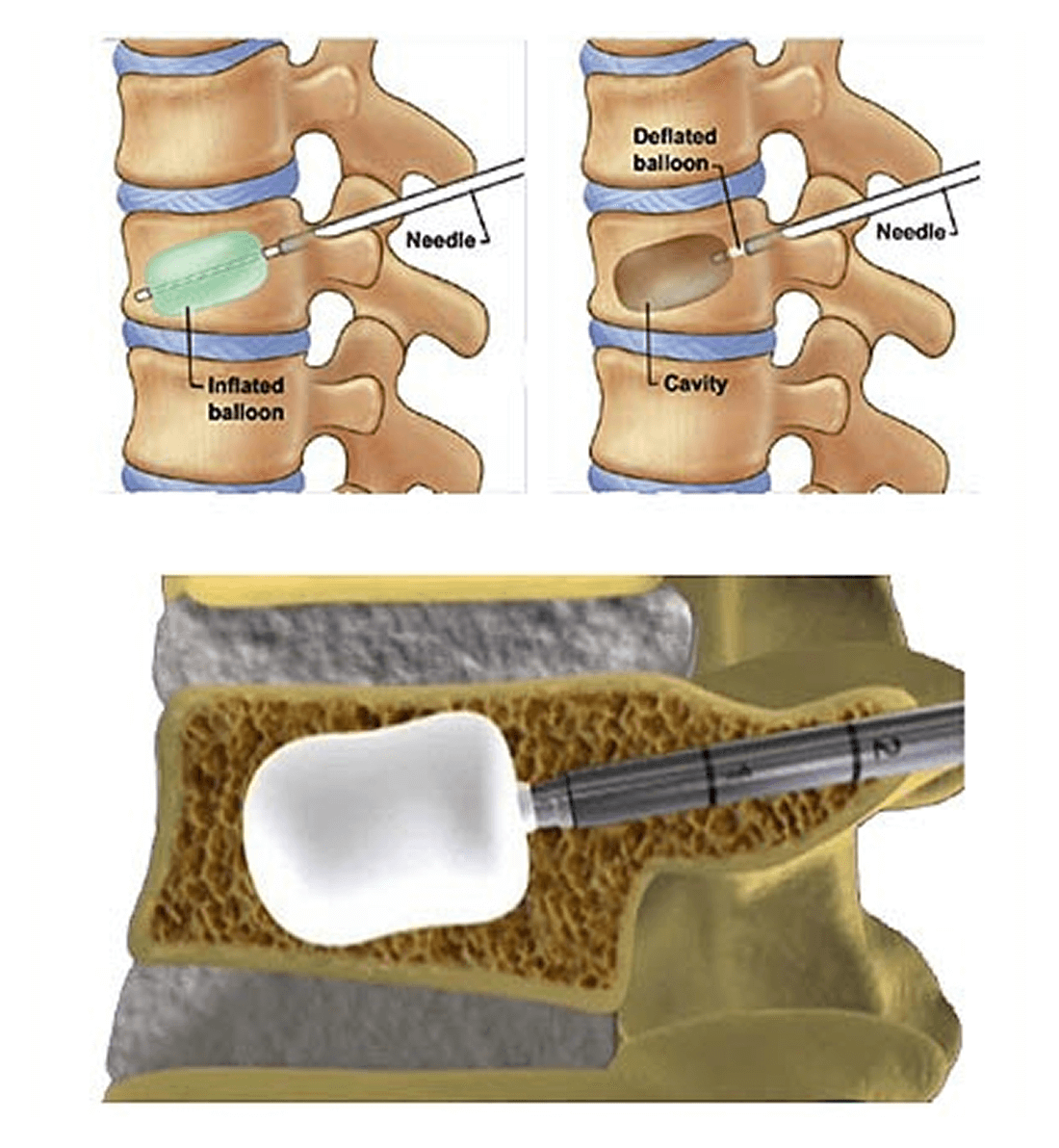Minimally Invasive Procedures for Vertebral and Sacral Fractures


Sacroplasty, like kyphoplasty, can be performed in a same day surgical center or operating room under deep sedation or general anesthesia to assure comfort. Local anesthesia is also used to help alleviate pain during the procedure. A small incision will be made over the vertebra or vertebrae that requires attention. A small probe is then placed inside the incision, and special moving x-rays, called fluoroscopy, help the doctor guide the probe into the sacrum.
While no balloon is inflated, the cement like substance, polymethylmethacrylate, is injected to fill the sacral fractures from the top to the bottom of the sacrum on each side as needed. The cement hardens within a few minutes to stabilize the spine. Once the material hardens, the equipment is removed, and the small, puncture like incision is closed.

Most patients can return to normal activities within one to two days, but you should not lift heavy object for at least six weeks. In general, kyphoplasty or sacroplasty are safe procedures. The possible risks include bleeding, infection, reactions to the anesthesia, leakage of the cement into the surrounding tissues or cement travelling through blood vessels to the lungs. However, these complications are rare, and most patients experience a dramatic increase in their quality of life following kyphoplasty or sacroplasty.